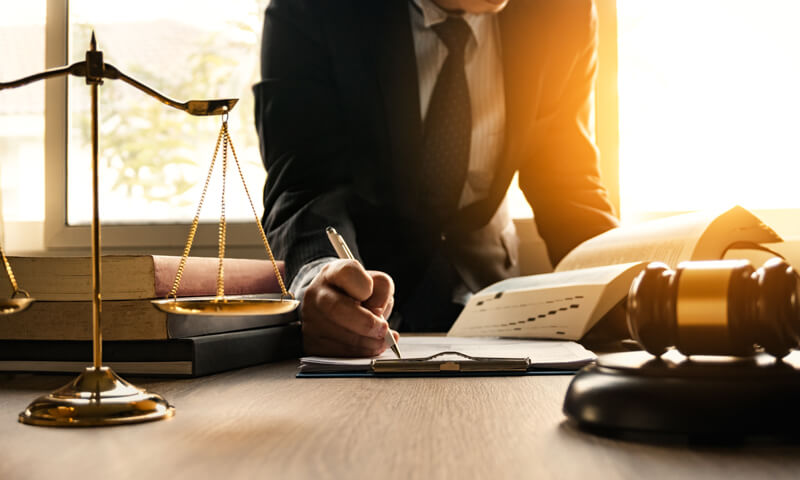Injuries on construction sites are unfortunately common due to the inherently risky nature of the work environment. Heavy machinery, elevated heights, hazardous materials, and fast-paced work all contribute to the potential for accidents. While workers are trained to handle these challenges, mistakes, accidents, or failure to follow safety protocols can result in severe injuries. These accidents can have long-lasting consequences, including chronic pain, permanent disability, and even loss of livelihood. If you have been injured on a construction site, it is crucial to understand the importance of seeking legal help to ensure you receive the compensation and support necessary for your recovery. Construction site accidents can involve complex legal issues, as multiple parties may be responsible for your injury. These can include the property owner, contractor, subcontractors, equipment manufacturers, or other workers.

Each of these parties may have different insurance policies, safety protocols, and legal obligations, which can complicate your claim. Navigating these complexities without legal representation can leave you at a disadvantage, and you may not receive the full compensation you are entitled to. A skilled attorney will be able to investigate the circumstances of your accident and determine who is responsible for your injuries. Furthermore, legal help directory is essential for dealing with the paperwork and procedures that come with filing a claim. Workers’ compensation, personal injury, and liability claims often involve a significant amount of documentation and strict deadlines. Missing a deadline or making an error on your paperwork can result in delays or even denials of your claim. A legal professional can guide you through the process, ensuring that all forms are filled out correctly and submitted on time. They will also handle any interactions with insurance companies and other parties, saving you from unnecessary stress.
In addition to managing the administrative side of things, legal representation is vital for negotiating fair compensation. Insurance companies, especially those representing large construction firms, often try to settle claims quickly and for as little as possible. They may offer a settlement that seems reasonable but is far less than what you need to cover medical bills, lost wages, rehabilitation, and other costs. An experienced lawyer will advocate for your best interests, ensuring you are not taken advantage of and that you receive a fair settlement that truly reflects the impact of your injury. If your case goes to court, having an attorney becomes even more critical. Legal proceedings can be lengthy, complicated, and overwhelming, especially when dealing with large organizations or corporations. Your lawyer will prepare your case, present evidence, and fight for your rights in front of a judge or jury. They will also ensure that your side of the story is heard clearly and that all relevant factors are considered in the decision-making process.


